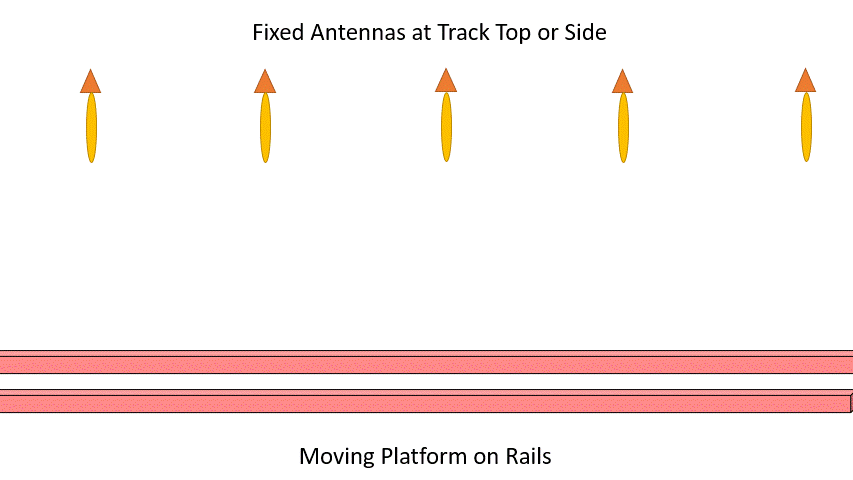
The concept of Orbital Angular Momentum (OAM) has served well as a means to multiplex data down optical fibre lines, while over a deacde ago it was proposed for use in radio and the first experiments were reported in 2012 where they were propagated over to the Palazzo Ducale in Venice. The results made substantial press coverage and significant claims were made with regard to reaching substantially, even infinite, high data throughput but this also received much scepticism. Other later publications were clear to point out it is just indeed another form of multiple input multiple output (MIMO) subject to the same capacity limits based on the number of modes that could be generated. Even with the different modes, there was much question with regard to how effective the radiated OAM beams at radio frequencies would not collapse in the propagation link over long distances due to a phenomena known as divergence. Though many works have attempted to overcome divergence by using various techniques, it still remains that OAM is more ideal for optical communications and has limits for radio. On this basis, I considered a way to re-organise OAM multiplexing into linear angular momentum multiplexing (LAMM) as something ideal for radio but not as suited to optics.
LAMM exists as a completely new way of designing antennas to form propagation of radio for short range links for transport applications where the moving platform is transverse to the direction of propagation as illustrated in the animated image below. LAMM is based upon having a numbr of fixed antennas with beams shown pointing to the top or side of the train from the track top or side as shown in yellow. On the moving platform itself there are antennas based on strips as shown in green. The two key applications that will benefit from LAMM are railway tunnels and future hyperloop systems where traditional radio propagation from the trackside is ineffective.

The seminal papers that I have formed together with colleagues on this topic are published by the Royal Society and an be found in this paper on the conceptualisation, and also the first working demonstrator. Further work is underway on forming new antenna prototypes and demonstrator platforms to further this new concept to solving the connectivity need. If you are in industry or academia and interested to discuss this research more please find my contact details here.
Achieveable data rate is dependent on a number of degrees of freedom including available bandwidth, number of antennas (leading to number of modes) and the received signal to noise ratio. Given the short propagation link there is flexibility to increase one of these degrees of freedom while decreasing the other. Choice of frequency band, which technically can be anything above 1GHz, is more dictated by cost of the radio at a given frequency and licensing conditions.